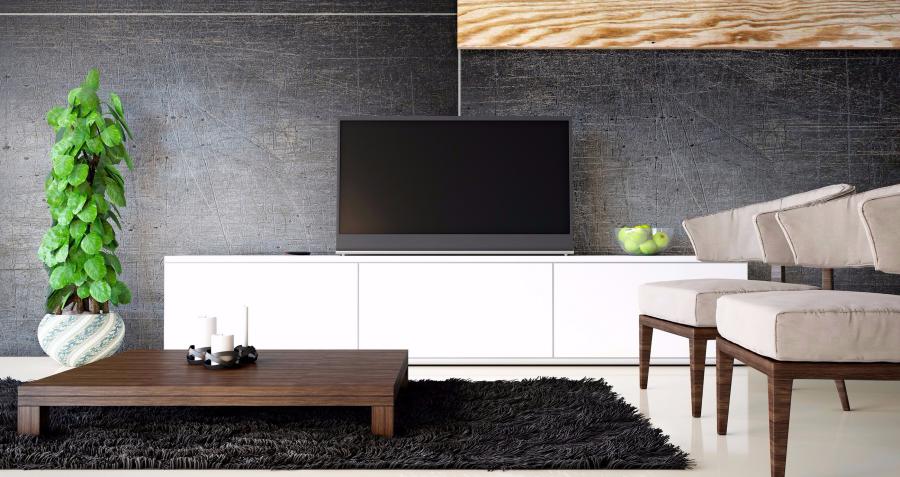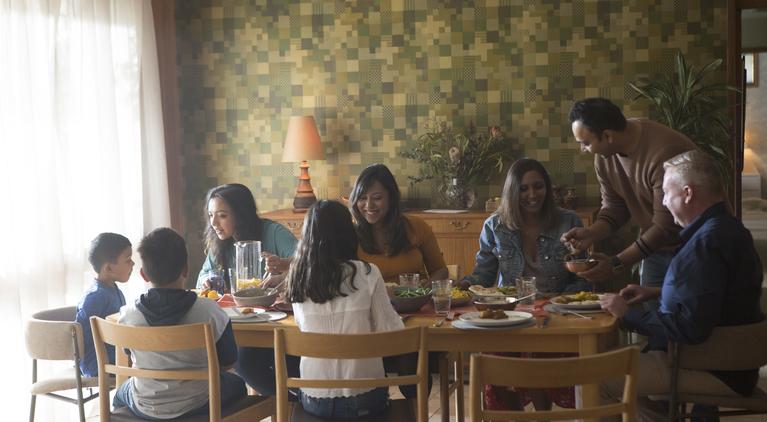Standby power could cost more than you realise. What can you afford to cut?
Even when you power down your household items, many don’t do as they’re told. Instead, they keep drawing energy to remain in standby mode.
If you think this can’t add up to much, think again – standby power is responsible for up to 10 per cent of your power bill. Luckily, reducing it is one of the easiest ways to cut down on your energy usage and make some serious savings.
Pinpointing hungry appliances
The biggest standby power culprits include remote controlled items - such as TVs, stereos and DVD players - since they need to remain at-the-ready to respond to the remote when you turn them on again.
You’ll find other examples in the kitchen. Appliances that have a clock display such as microwaves, need electricity to keep the time when they aren’t in use.
However, it’s trickier to trace standby power usage for some items. For example, your computer or printer may be powered down completely but the adaptors that connect them to the wall are likely to still be in use. Touch them: if they’re warm it’s a sure sign they’re consuming energy.
So what’s the solution?
Reducing standby power is as simple as turning devices off at the wall. But if power points are hidden behind furniture or you find it hard to remember to pull the plug, you may need some help:
- 'Master/slave' power boards sense when you shut down a ‘master’ device (such as a computer) and automatically cut power to related appliances such as printers or external hard drives (the ‘slaves’).
- Remote-controlled power boards solve the problem of hard-to-reach power points, but these also use a little standby energy so it’s best to connect a lot of appliances to a power board to ensure you benefit from using it.
- Intelligent power point adaptors detect when a device goes into standby mode and block power from the wall this way.
Set up for less standby
If you’re in the process of moving and want to make your new home more energy-efficient, consider standby power when setting up your office and entertainment areas. Try to position furniture so that power points are accessible or purchase power boards with independent on/off switches so you can choose what stays on and what gets turned off when not in use.
If you’re turning items off at the wall, but still not seeing your energy bills going down, it might be time to check whether you're on the right plan. Contact EnergyAustralia or try our online quote tool for free today.




